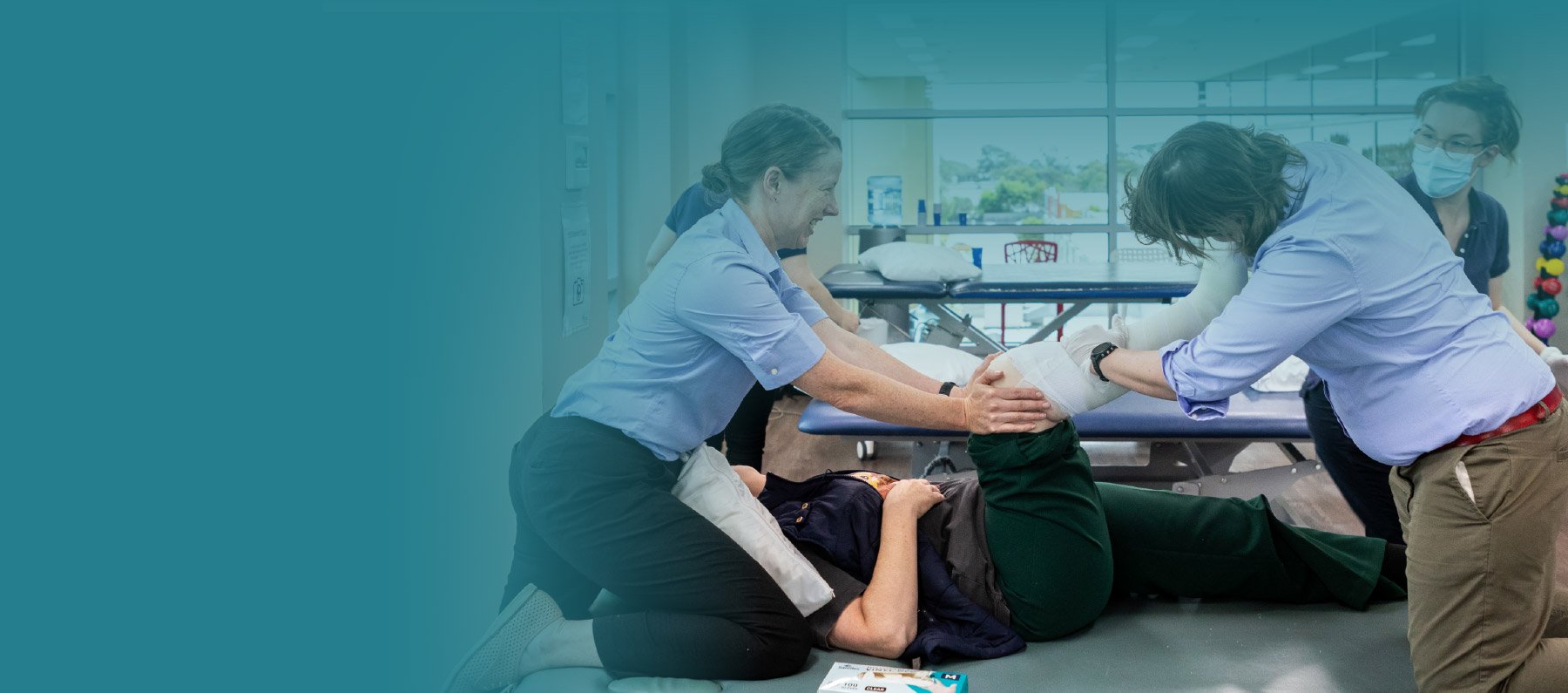
Conditions Treated
LONG COVID
Long COVID is defined as symptoms persisting for three months or more after an acute episode of COVID-19. It is a multi-system disease; there are over 200 listed symptoms which occur in variable combinations and can fluctuate in both predictable and unpredictable patterns of flare-ups and remissions.
Symptoms can be categorized into different clusters depending on the presentation and these include:
- Autonomic
- Neurological
- Cardiac
- Respiratory
- Mental Health
- General Deconditioning
Although it is unlikely that people are presenting with only one cluster of symptoms, there is often one dominant presentation that people report.
What We Offer
At the Neurological Rehabilitation Group, we can help to improve your quality of life, maximize your function, and provide you with tailored treatment plans directed towards achieving your goals. Our therapists are skilled in assessing, treating, and managing people suffering with long COVID and are particularly skilled at managing clients that are presenting with autonomic, neurological, or mental health issues and general deconditioning. They will provide you with a holistic, client-centered assessment that considers not only the history of your acute COVID-19 presentation but your sleep patterns, issues with school or work attendance, exercise history and current limitations, dizziness or light-headedness and any changes to your strength, sensation, or balance.
Rehabilitation for people with long COVID involves a medically led, multi-disciplinary approach which focuses on an individualized, symptoms specific approach that concurrently promotes education, self-management strategies and incorporates a flexibly phased return to work, school, or leisure action plan.
Our therapists see a variety of people who are recovering from long COVID and provide specialized treatment depending on the client’s goals and current situation. This may include:
Education on the physiology of long COVID and how this relates to the client’s presentation
Fatigue management and the use of an activity diary
Establishment of pacing strategies and incorporating these into daily and weekly routines
Sleep hygiene discussions
Graded return to cardiovascular and strength exercise programs including further assessment if issues identified with orthostatic intolerance (OI) or postural orthostatic tachycardia syndrome (POTS)
Setback planning
